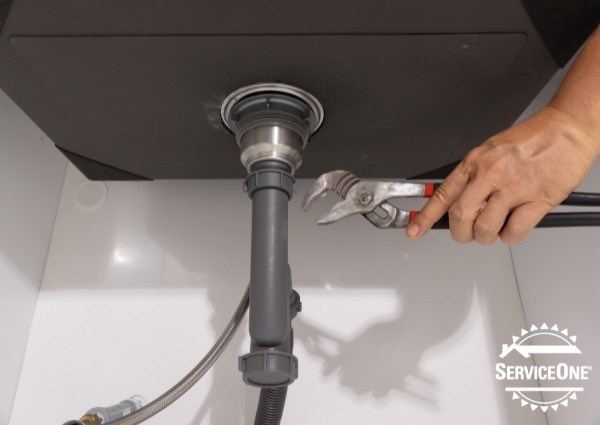When it comes to home maintenance, frozen pipes might not be top of mind in the fall. After all, the sun’s still out, the leaves are just starting to turn, and winter feels far away. But here’s the thing—frozen pipes are often the result of what doesn’t get done in the fall. Skipping a few key steps now could mean big plumbing headaches once the temperatures drop.
The good news? With some proactive prep, you can protect your pipes and avoid the costly damage that comes with freezing and bursting. Here's how to winter-proof your plumbing before the cold hits.
Why Pipes Freeze in the First Place
When water freezes, it expands. That’s no problem in an open area—but inside a pipe? That expansion builds pressure fast. Pipes that aren’t properly insulated or drained can crack or burst as ice pushes against the walls. This isn’t just a frozen faucet—it can mean water damage, mold, and thousands in repairs.
Most frozen pipe disasters are preventable. And fall is your golden window to do it.
1. Disconnect Outdoor Hoses & Shut Off Exterior Faucets
This is one of the easiest steps—and one of the most often skipped. Leaving garden hoses connected traps water inside the faucet and supply pipe. When temperatures drop, that water freezes and expands right into your home’s plumbing.
Before the first frost:
Disconnect all hoses
Shut off the valve that supplies water to your outdoor spigots (usually found in the basement)
If you’re not sure where those shut-offs are, Service One Plumbing can help walk you through the process or handle it during a fall tune-up.
2. Insulate Vulnerable Pipes
Pipes located in unheated areas—like basements, crawl spaces, attics, or exterior walls—are especially vulnerable. Adding foam pipe insulation is an inexpensive fix that can save you from a frozen mess down the line.
For maximum protection, consider heat tape or heated pipe cables. These plug-in solutions can keep water flowing even on the coldest nights.
If you’re unsure which areas need insulation, a Service One Plumbing expert can inspect your home and recommend solutions tailored to your layout.
3. Seal the Drafts
Cold air getting into your home = cold pipes. Look for gaps or cracks near your pipes, especially where plumbing enters from outside. Use caulk or spray foam to seal up holes in walls, floors, or the foundation.
Pay special attention to areas behind bathroom vanities or kitchen cabinets—anywhere cold air can sneak in and drop the temperature near pipes.
4. Keep a Consistent Indoor Temperature
During cold snaps, resist the urge to lower your thermostat overnight or when you’re away. Maintaining a home temperature of 55°F or higher can make a significant difference in preventing frozen pipes.
A smart thermostat can help manage this balance efficiently—and Service One Plumbing can help install one that works for your household's needs.
Don’t Wait for a Freeze Warning
Frozen pipes are preventable—but only if you act early. By the time winter hits, it might be too late to protect what’s already vulnerable.
Need help winterizing your plumbing? Service One Plumbing is here with fast, reliable service for Omaha, Dubuque, and beyond. Schedule your fall plumbing check today and head into winter worry-free.

